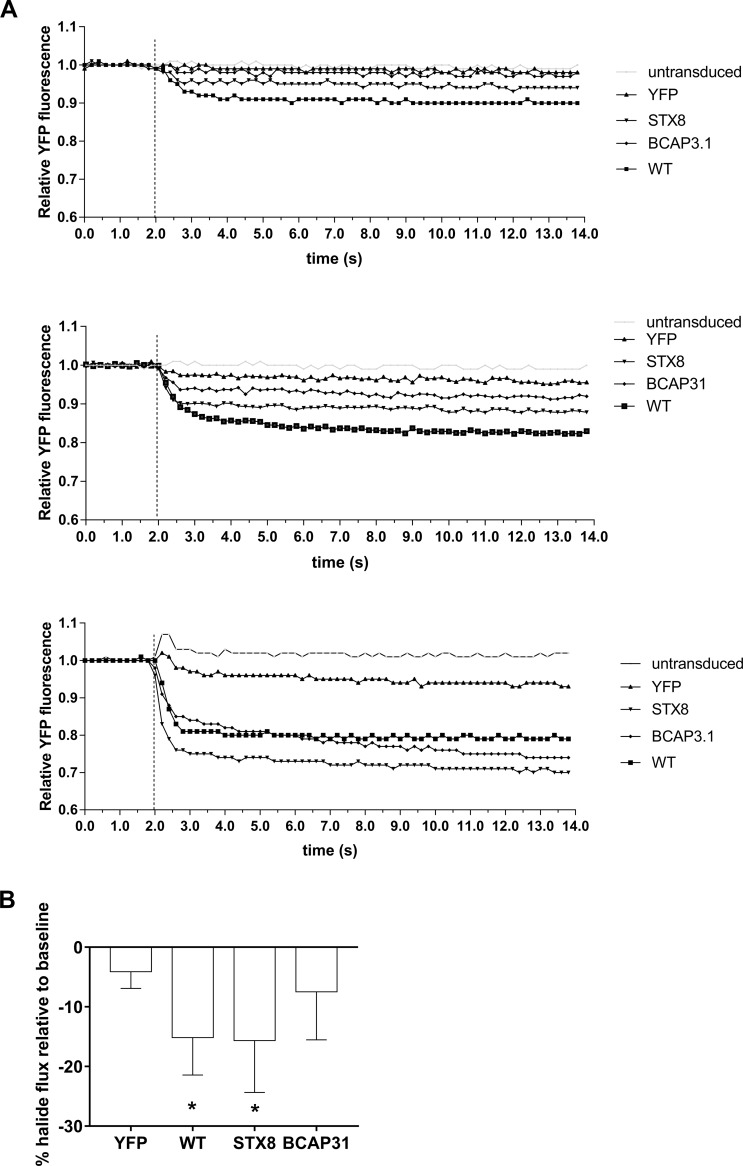Fig 5. Confirmation of CFTR channel functional restoration in pAECCF.
(A) A representative of three separate halide assays on pAECCF cultures illustrating the lowest (top panel), average (middle panel) and highest (bottom panel) level of halide influx. Epithelial cell cultures from a total of 7 children with CF were seeded into 96-well culture plates and transduced with eYFP alone or in combination with STX-8, BCAP-31 shRNA or WT-CFTR for 96 hours. The halide reporter assay was then performed and data analyzed from all 7 cultures to determine the relative quenching of eYFP fluorescence. (B) Analysis of data demonstrated that transduction with constructs bearing shRNA for STX-8 or WT-CFTR activated the CFTR channel resulting in subsequent eYFP quenching. This further verified functional restoration of the CFTR channel. However, transduction with construct bearing shRNA for BCAP-31 only resulted in low quenching of eYFP. NOTE: * denotes significant difference at p<0.05.

